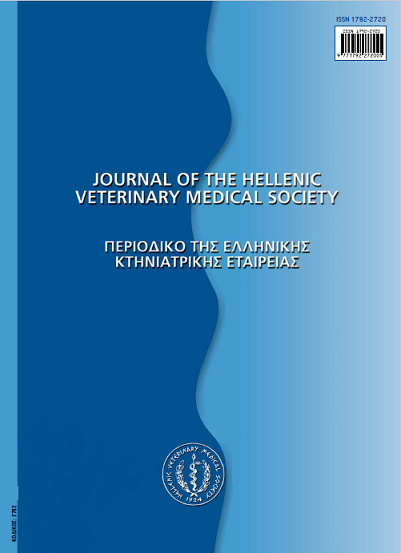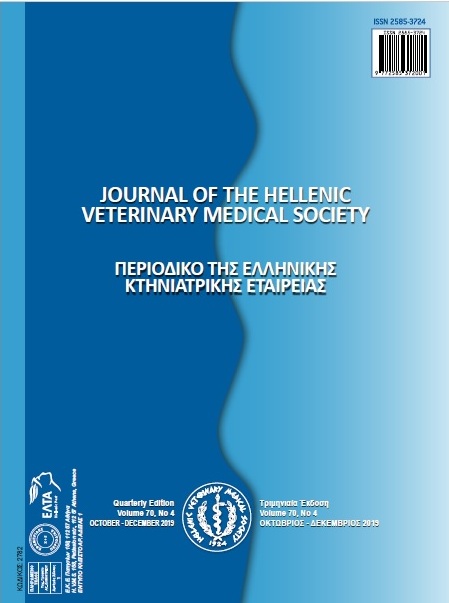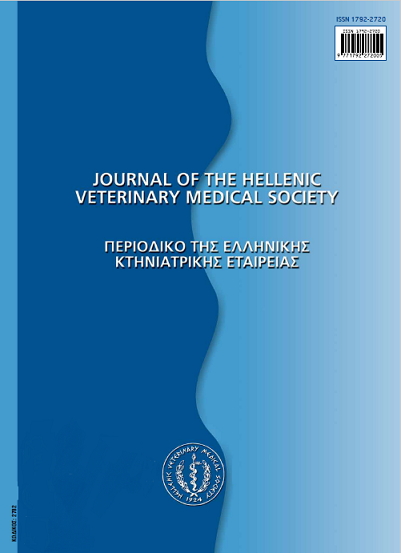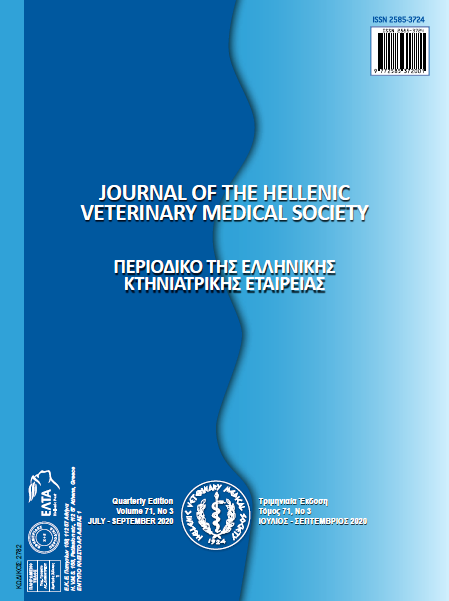Effect of PRID administration post-insemination on the establishment of pregnancy of dairy cows under commercial farm conditions
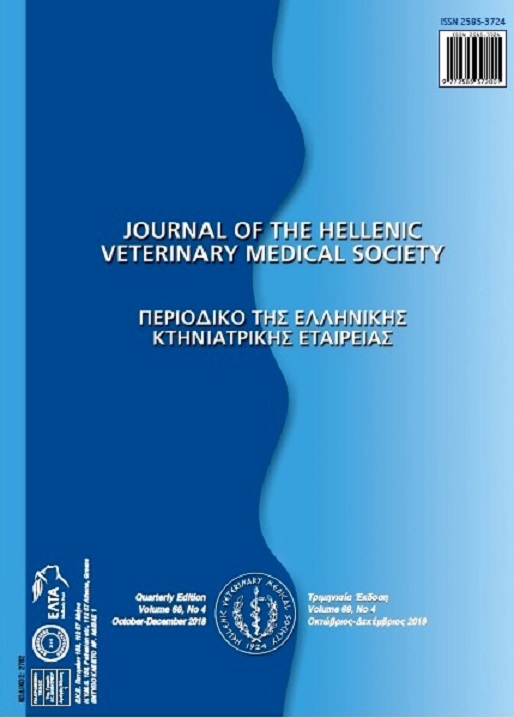
Abstract
The aim of this study was to test the efficiency of progesterone supplementation post insemination (p.i.) in the fertility of dairy cows under commercial farm conditions. At initiation of the study, 405 cows from three farms -irrespective of their open days- were bred after showing heat or after synchronization. Subsequently, the cows were randomly allocated to receive a progesterone-releasing intra-vaginal device (PRID®) between D5 and D17 p.i (P4+, n=213), or to remain untreated (P4-, n=192). Pregnancy per artificial insemination (P/AI) did not differ between P4+ (42.3%) and P4- (41.2%, P = 0.82) groups. However, the treatment improved P/AI in cows enrolled in the study after the second p.p. insemination (46.8 vs. 25.5, P = 0.02). In the farm that showed the lower days to insemination before treatment, progesterone supplementation tended to raise the P/AI (48.2 vs. 23.5, P = 0.08). However, in the farm with the greater fertility the P4+ group had significantly lower P/AI than the P4- group (37.7 vs. 57.4, P = 0.03). Conclusively, the beneficial effect of the post-insemination administration of PRID is mainly apparent only after the second p.p. insemination and probably during early lactation when fertility is suppressed.
Article Details
- How to Cite
-
Brozos, C., Tsousis, G., Kiossis, E., Tsakmakidis, I., Karagiannis, I., & Boscos, C. (2019). Effect of PRID administration post-insemination on the establishment of pregnancy of dairy cows under commercial farm conditions. Journal of the Hellenic Veterinary Medical Society, 69(4), 1235–1240. https://doi.org/10.12681/jhvms.16492
- Issue
- Vol. 69 No. 4 (2018)
- Section
- Research Articles

This work is licensed under a Creative Commons Attribution-NonCommercial 4.0 International License.
Authors who publish with this journal agree to the following terms:
· Authors retain copyright and grant the journal right of first publication with the work simultaneously licensed under a Creative Commons Attribution Non-Commercial License that allows others to share the work with an acknowledgement of the work's authorship and initial publication in this journal.
· Authors are able to enter into separate, additional contractual arrangements for the non-exclusive distribution of the journal's published version of the work (e.g. post it to an institutional repository or publish it in a book), with an acknowledgement of its initial publication in this journal.
· Authors are permitted and encouraged to post their work online (preferably in institutional repositories or on their website) prior to and during the submission process, as it can lead to productive exchanges, as well as earlier and greater citation of published work.



